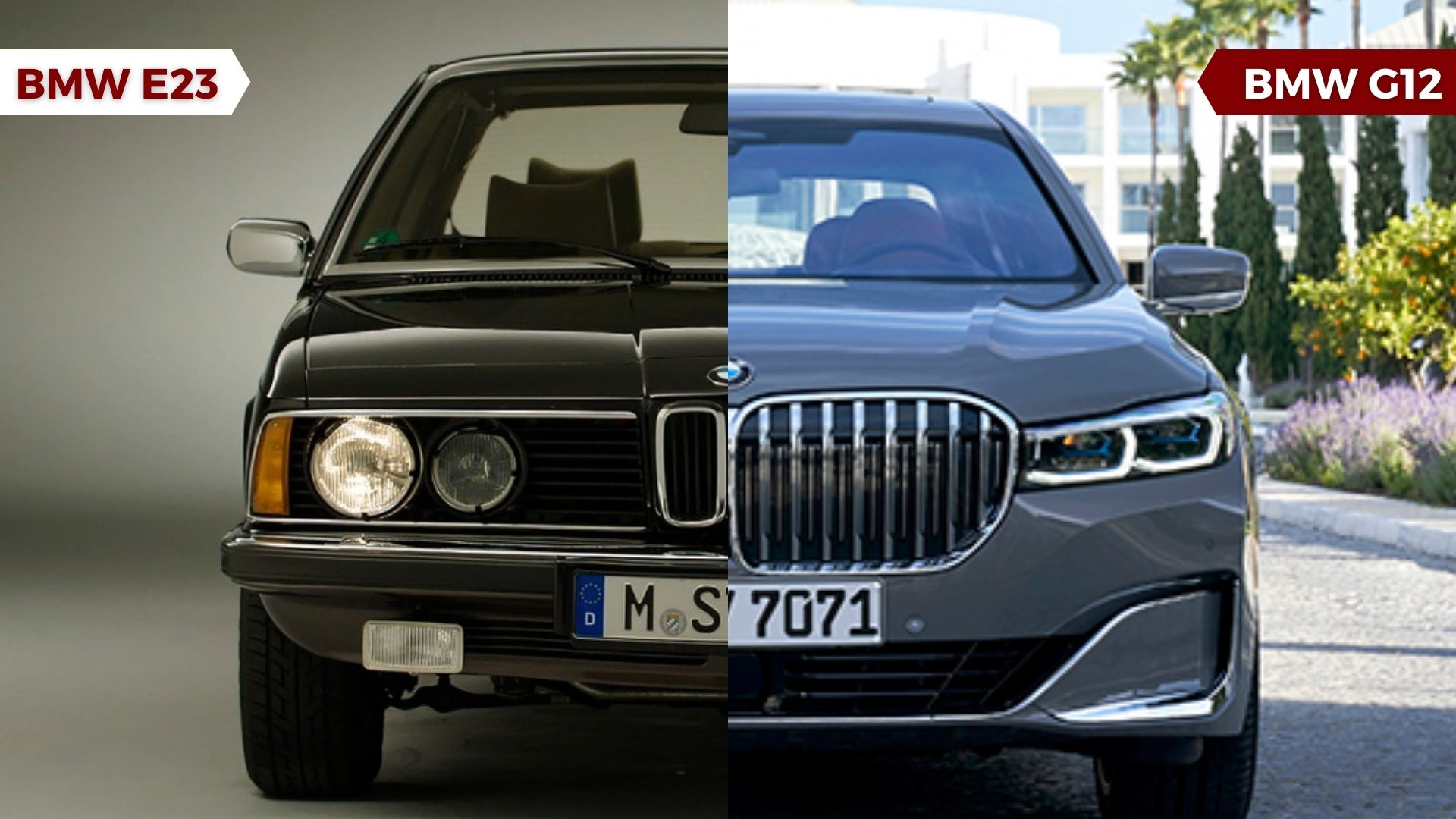
The BMW 7 Series is one of the oldest full-size luxury sedans made by the German automaker. It has been in production since 1977 and over six generation, it keeps proving that it has so much to offer with the newest releases of the 7 Series.
Following the path of the New Six concept which was launched in 1968 with the E3 bodywork, the first-generation BMW 7 Series dropped drapes in 1977. It was a 4-door sedan featuring the very first electronic tech and a 6-clyinder engine. The car looked modern, and had a completely different design than its previous trend. The only idea which was carried over was the four rounded headlights concept, apart from that, everything was new. On the inside, the 7 Series featured various innovations such as the service-control lights, climate control and on-board computer.

The final and most recent BMW 7 Series is the sixth generation G11 (normal) and G12 (long wheel base), launched in 2015 and got major facelifts in 2019.
The BMW 7 Series is one of the oldest full-size luxury sedans made by the German automaker. It has been in production since 1977 and over six generation, it keeps proving that it has so much to offer with the newest releases of the 7 Series. The 7 Series is BMW’s flagship car and is only available in a sedan body style, including long wheelbase and limousine models. This one traditionally introduces technologies and exterior design themes before they trickle down to other models in BMW’s line up.

Following the path of the ‘New Six’ concept which was launched in 1968 with the E3 bodywork, the first-generation BMW 7 Series dropped drapes in 1977 with a line-up of vehicles which had only 6-cylinder engines. It was a 4-door sedan featuring the very first electronic tech and a 6-clyinder engine. A prototype model featured a V12 engine, but it was just one of its kind, its angled fascia resembled a shark nose, developed by Paul Bracq.
The car looked modern, and had a completely different design than its previous trend. The only idea which was carried over was the four rounded headlights concept, apart from that, everything was new. The flat, wide slightly upward hood was accompanied by a simple greenhouse and a descending trunk lid. The chromed bumpers were a fashion for the cars at the time. In 1983, when the facelift happened, the kidney grille was made bigger and a new plastic-covered bumpers appeared.

On the inside, the 7 Series came with impressive technologies for the time, such as the service-control lights, climate control and on-board computer. The base model with the basic trim had cloth seats and a manual gearbox, however, more amenities were added for the upper trim levels including sunroof, power windows, leather seats and power locks.
The engine line-up began with engines with four-barrel Solex carburettors, but very soon all the engines received Bosch fuel injection systems. The most powerful engine being the 286 horsepower 754i, a model which was embedded with an inline-six and aided by a turbocharger.

The 7 Series is currently in its sixth generation, and has been in production since 2015. It was unveiled on June 10, 2015 at BMW’s headquarters in Munich, along with an official public reveal at the 2015 International Motor Show Germany. The long 7 Series has received a mid-life cycle refresh in 2019, and it features numerous upgrades from the hood to the rear, inside and out. Most of its parts were either changed or upgraded. A new hood, new front fenders, new headlights and new grille. The air breathers on the front were designed in a way that they can extract the air from the wheel-well and reduce the aerodynamic lift of the car. Towards the rear, there was a full-width LED light strip.

On the inside, luxury was obvious and the two options for wheelbases could add more legroom for the rear passengers. The facelifted model featured full Nappa leather and BMW Individual Merino full leather with extended quilting.
The engine and transmission range were revised. The hybrid version featured a new xDrive system as an option, and for the 8-speed automatic transmission, a launch control model was installed. The 6.0-litre V12 was still available and with all-wheel drive. One of the most eye-catching change was the 4.4-litre V8 unit, which gained 80 horsepower more as compared to the engine it replaced, having a power output of 530 horsepower. In the 750i xDrive, the two-ton limousine sprints from standstill to 100kph in 4 seconds flat.
SPECIFICATIONS | E23 (1977) | G12 (2016/2019) |
Engine | 2.5L M30 I6 | 2.0L B48 I4 Turbo |
Displacement | 2494cc | 2998cc |
Max Power | 150hp @ 6000 rpm | 326hp @ 5500-6000 rpm |
Max Torque | 211 Nm @ 3700 rpm | 450 Nm @ 1380-5000 rpm |
Top Speed | 183 kph | 249 kph |
Acceleration 0-100kph | 13s | 5.5s |
Drivetrain | Rear Wheel drive | Rear wheel drive |
Gearbox | 3-speed automatic | 8-speed automatic |
Length | 4859mm | 5098mm |
Width | 1798mm | 1902mm |
Height | 1430mm | 1478mm |
Wheelbase | 2799mm | 3071mm |
Ground clearance | 155mm | 135mm |
Curb Weight | 1550kg | 1725kg |
Gross Weight | 2000kg | 2400kg |

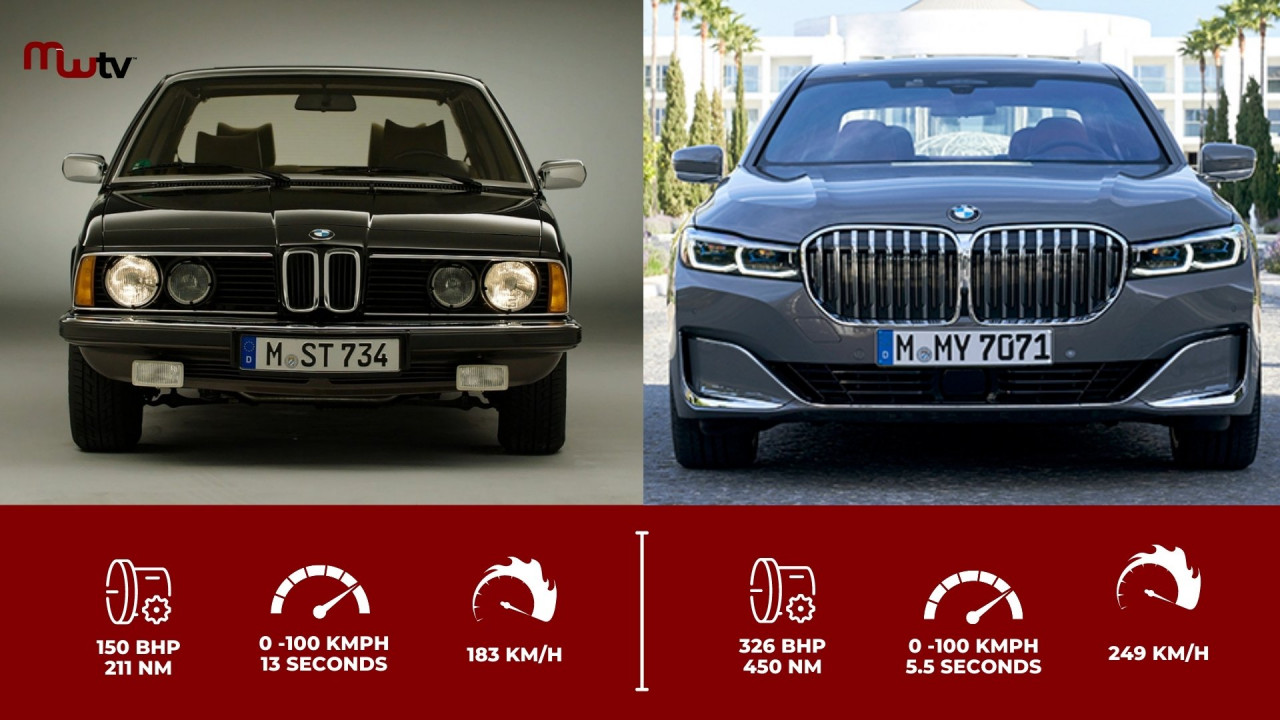
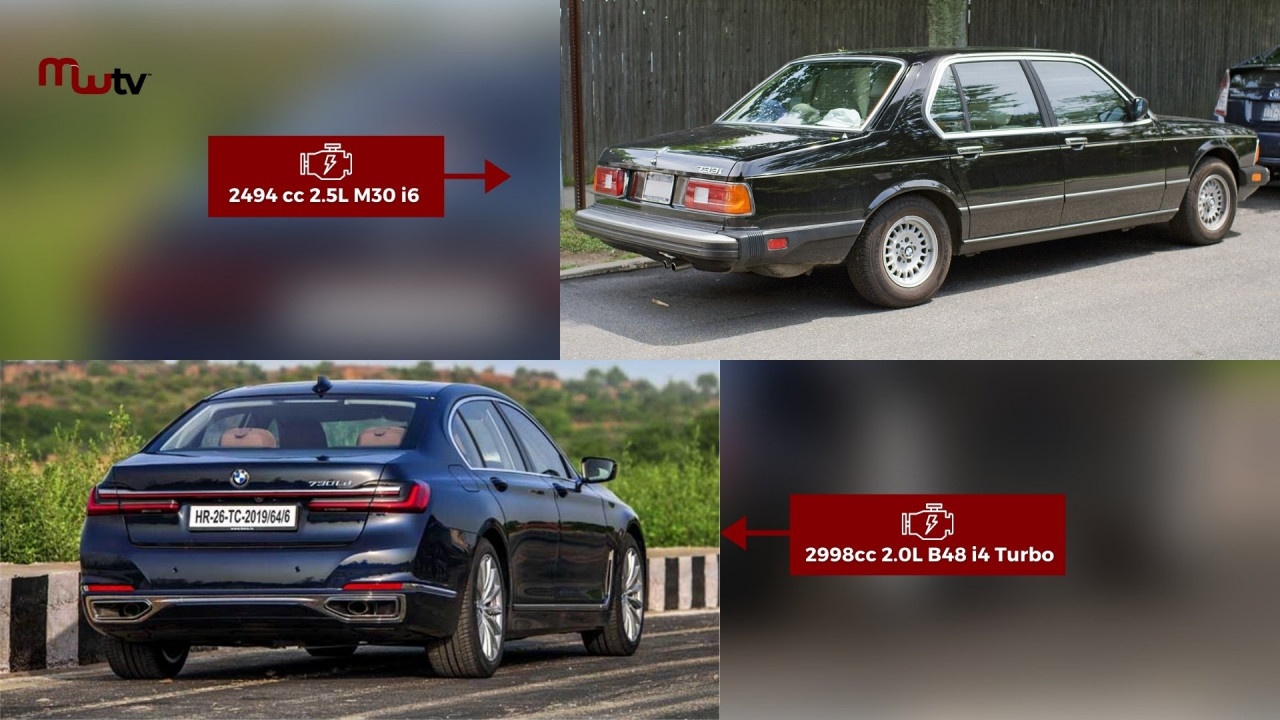
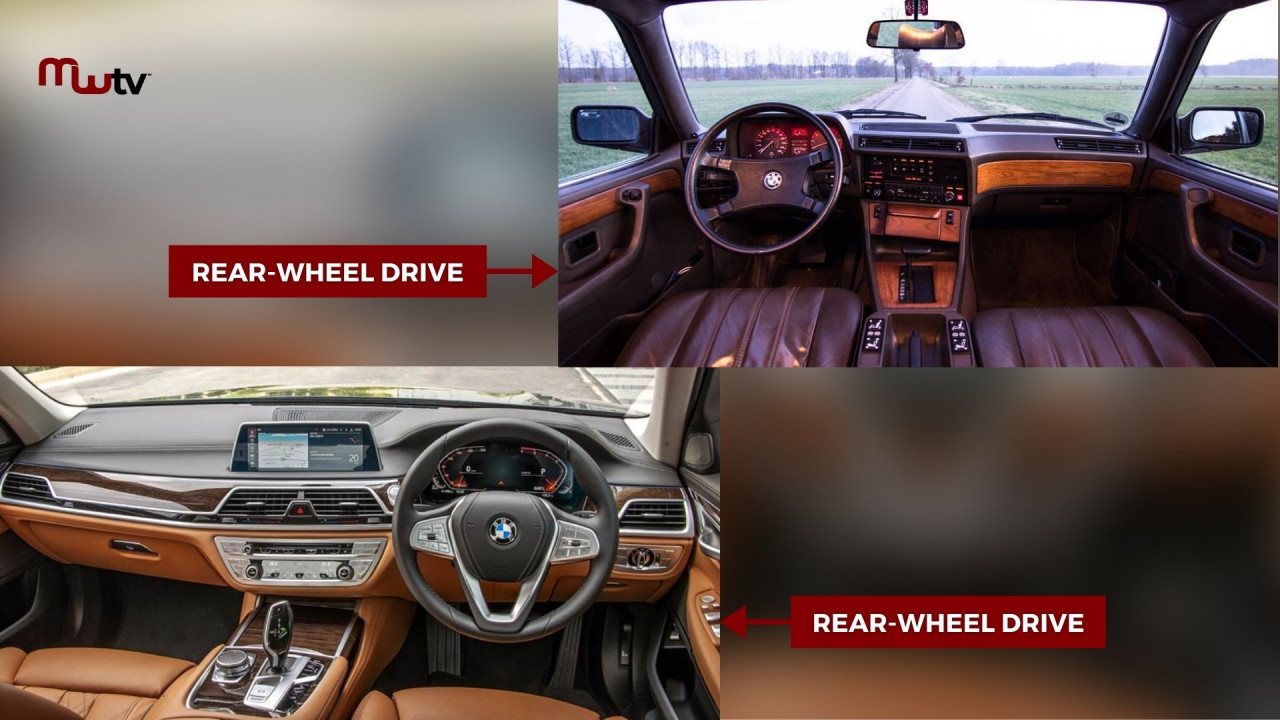
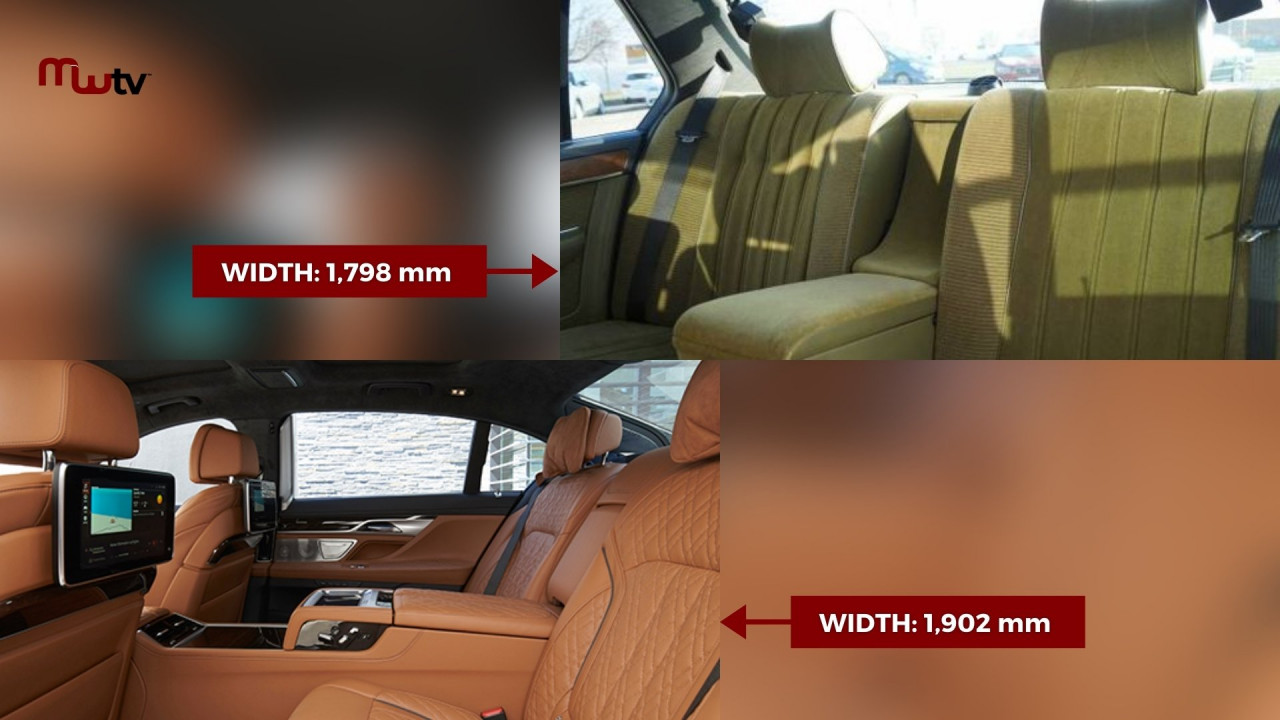
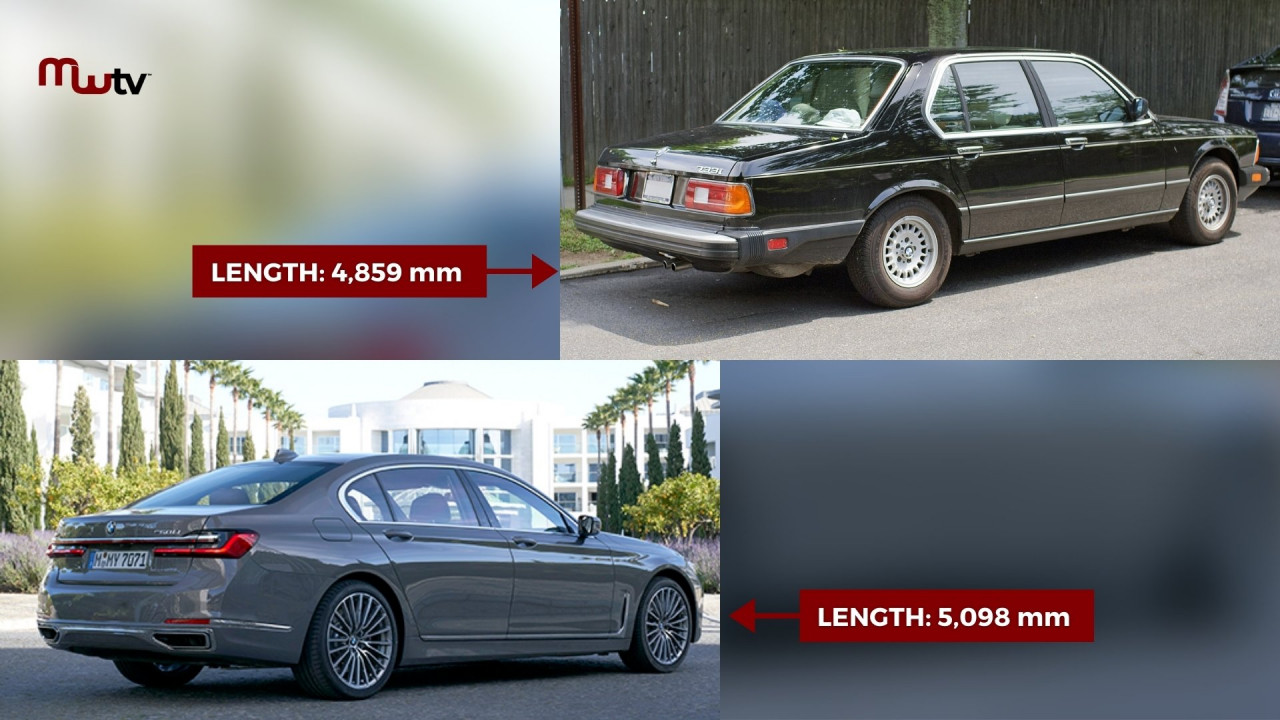

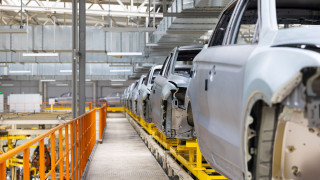
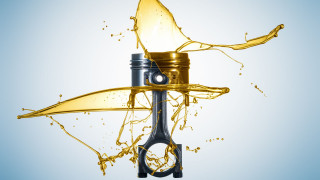

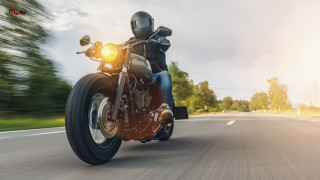
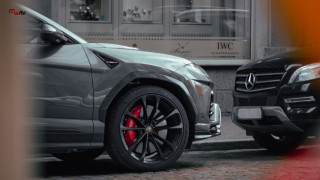
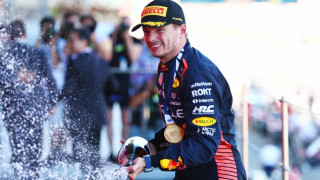
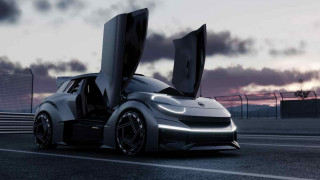
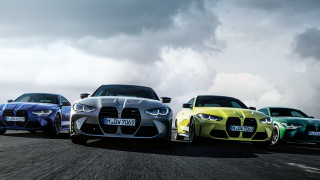
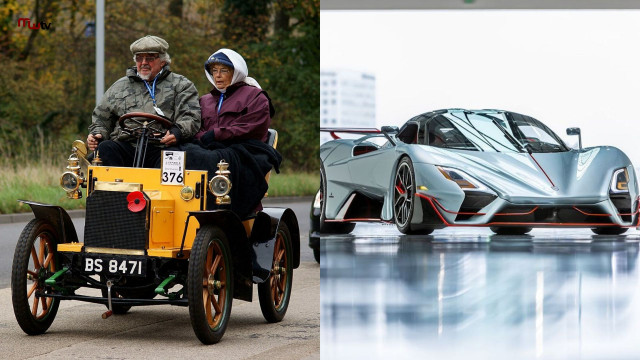
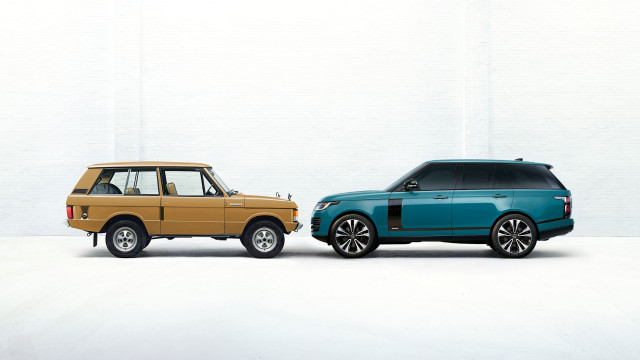
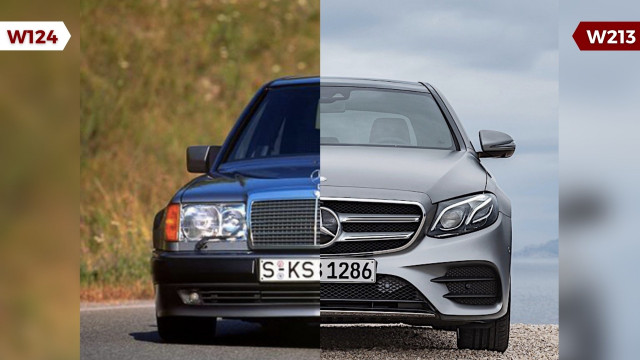
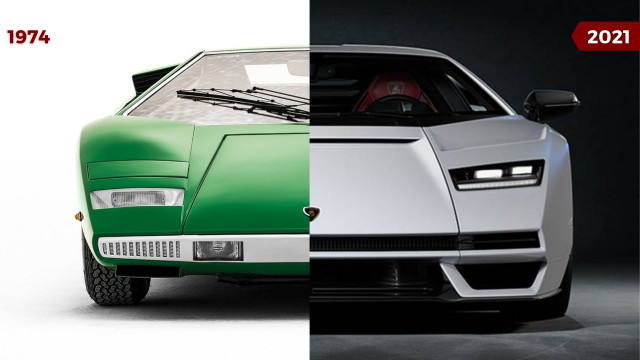

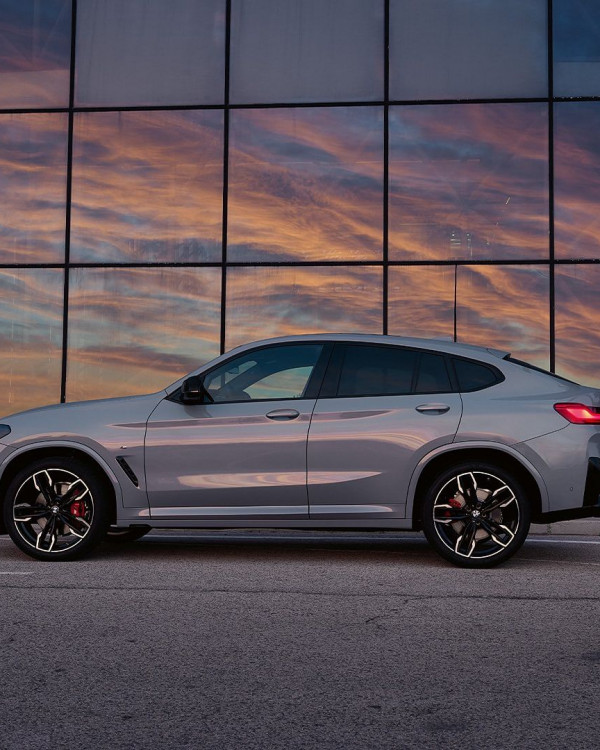
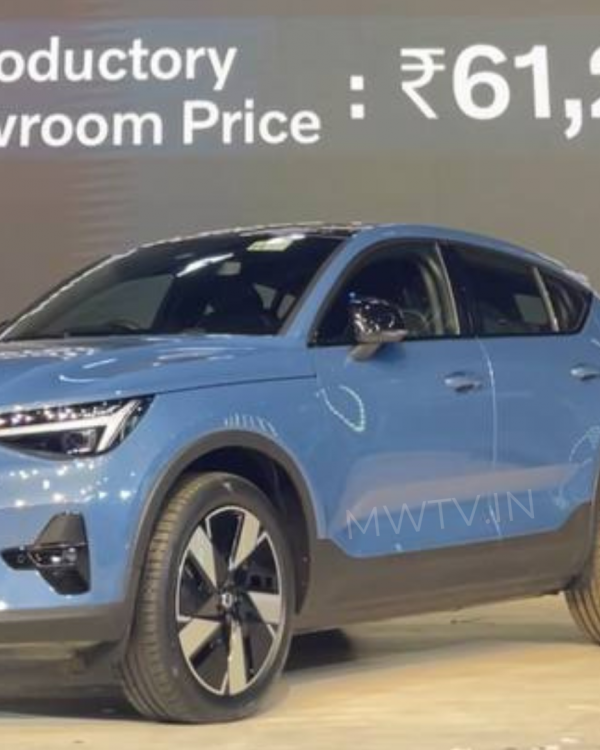
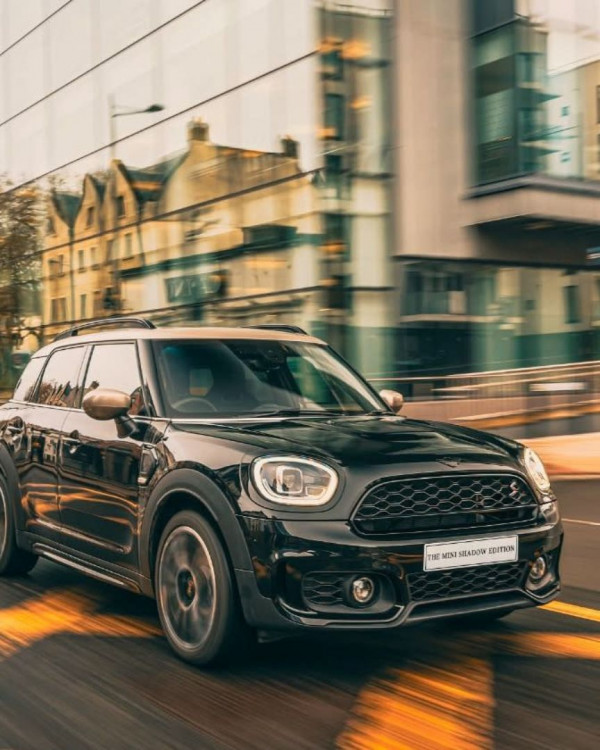
Your comment will be verified by admin before going live